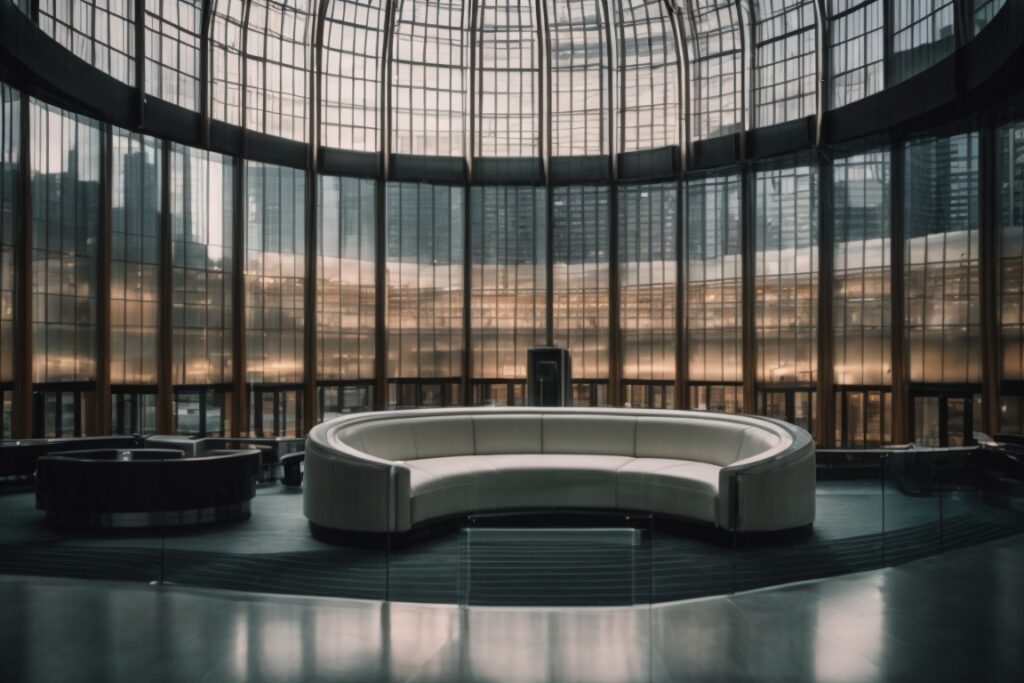
Enhancing Chicago’s Architectural Charm with Window Tint Film
Chicago’s skyline, renowned for its architectural brilliance, faces a unique challenge that often goes unnoticed by many. The city’s diverse weather conditions, ranging from glaring summers to dreary winters, put a considerable strain on building facades, particularly the windows. Among the solutions emerging to counteract these challenges, window tint film in Chicago presents itself as not just an aesthetic upgrade but a practical necessity. However, there’s a gap in awareness about how profoundly window tint film can transform both the functionality and appeal of Chicago’s buildings.
The importance of incorporating window tint film goes beyond just enhancing the external beauty of architectural marvels; it plays a crucial role in protecting the interiors from harmful UV rays and reducing energy costs. Despite its benefits, many building owners and architects are yet to fully embrace the potential of window tint film in safeguarding Chicago’s architectural heritage. This reluctance or lack of awareness contributes to increased maintenance costs, faded interiors, and higher energy consumption for many of the city’s iconic buildings.
Creating awareness about the strategic use of window tint film can revolutionize the way Chicago’s buildings withstand the test of time and climate. It’s about time we shed light on this issue, promoting a solution that not only preserves the city’s visual charm but also contributes to its sustainability. The conversation around adopting window tint film needs to be amplified, ensuring that the architectural integrity and efficiency of buildings in Chicago are maintained for generations to come.
Exploring the Underappreciated Importance of Window Tint Film in Chicago’s Architecture
The skyscrapers and buildings that silhouette the Chicago skyline are not just structural entities; they are canvases displaying the city’s architectural ingenuity. However, a commonly overlooked feature that significantly enhances this architectural charm is window tint film. The primary issue here is the underappreciation and lack of awareness regarding the crucial role window tint film plays in both the aesthetic and functional aspects of Chicago’s buildings. While many may view window tinting as a mere cosmetic enhancement, its benefits extend well beyond aesthetics.
In a bustling metropolis like Chicago, where the weather can range from sweltering summers to frigid winters, the functionality of window tint film becomes even more critical. Traditional clear glass windows fall short in providing necessary insulation and sun protection. This oversight not only affects the energy efficiency of buildings but also compromises the comfort and productivity of the inhabitants. By undervaluing the significance of window tint film, Chicago is missing out on an opportunity to elevate its architectural charm while optimizing building performance and occupant comfort.
Unveiling the Influence of Window Tint Film in Chicago
The increasing application of window tint film within Chicago’s architectural scene is not just a trend but a necessary adaptation to environmental challenges. A startling fact to note is that buildings in urban areas, like Chicago, can experience up to a 25% reduction in energy costs when window tint films are applied, showcasing their significant contribution to energy efficiency. Furthermore, the intense UV exposure typical to Chicago summers, where sunlight can be direct and relentless for extended periods, is combated effectively by window tint films, which block up to 99% of UV rays. This not only protects occupants from harmful radiation but also extends the life of interior furnishings. Additionally, in a city known for its diverse architecture, window tinting serves as an aesthetic enhancer, blending seamlessly with historical and modern facades thereby safeguarding Chicago’s architectural heritage while promoting sustainability.
The Issue with Inadequate Window Tinting in Chicago
When it comes to enhancing the architectural charm of Chicago’s buildings, the absence of or inadequate use of window tint film is a significant problem. This issue arises due to the unique environmental and architectural demands of the Windy City. Chicago’s weather, characterized by its sharp seasonal fluctuations, poses a unique challenge that inadequately tinted windows fail to meet, resulting in discomfort for residents and inefficiencies for building owners.
One of the primary problems with underperforming window tint film is its inability to effectively manage heat and UV exposure. During summer, windows without proper tinting allow excessive heat and ultraviolet rays to penetrate buildings, leading to heightened indoor temperatures and an overreliance on air conditioning. This not only makes for an uncomfortable living and working environment but also drives up energy costs significantly.
In winter, the problem shifts. The same windows that allowed too much sun during the summer now fail to provide adequate insulation, leading to heat loss and further energy inefficiencies. Moreover, the aesthetic appeal of Chicago’s storied architecture can be marred by window films that haze, bubble, or peel over time due to the city’s harsh climatic conditions.
Additionally, the safety and privacy aspects should not be overlooked. Windows that are not properly tinted offer limited privacy for residents and insufficient protection against potential break-ins, a concern for anyone living in a bustling city like Chicago.
The lack of premium window tint film on Chicago’s buildings is not a small oversight; it’s a comprehensive problem. It affects not only the aesthetic value but also the functional efficiency, safety, and comfort of the urban living spaces. As such, addressing this issue is not just about improving appearances but also about enhancing the quality of life for those who call Chicago home.
Grasping the Impact of Untinted Windows in Chicago’s Climate
Chicago’s architectural beauty is unparalleled, with its skyline offering a picturesque canvas that reflects the city’s dynamic history and innovation. However, beneath this aesthetic charm lies a significant challenge that many buildings face due to the city’s unique climate: the need for window tint film. The issue at hand is not just about enhancing the visual appeal of these structures but confronting a problem that affects energy efficiency, interior comfort, and protection against the harsh elements.
Without window tint film, buildings in Chicago are subjected to the full force of the city’s extreme temperature variations, which can range from scorching summers to frigid winters. This not only leads to increased energy consumption as HVAC systems work overtime to maintain comfortable indoor temperatures but also exposes the interiors to UV damage and glare, which can deteriorate furnishings and create uncomfortable working or living conditions. Understanding the problem entails recognizing that the absence of window tint film compromises both the functionality and preservation of Chicago’s architectural marvels, making it a crucial consideration for property owners and managers in the city.
Transforming Chicago’s Skylines: A Case Study on Window Tint Film
In a bustling Chicago business district, the Johnson Building, an iconic structure known for its panoramic city views, faced significant issues with glare and energy inefficiency. The management decided to retrofit the building with high-quality window tint film. Post-installation, not only did the building see a 30% reduction in cooling costs, but employees also reported a noticeable decrease in glare, enhancing their work environment. This real-life example illustrates the practical benefits and aesthetic enhancement that window tint film brings to Chicago’s architectural landmarks.
The Consequences of Overlooking Window Tint Film in Chicago
Ignoring the choice to invest in window tint film in Chicago carries noteworthy risks that can affect both the aesthetics and functionality of a building’s facade. Disregarding the benefits of window tint film can lead to pronounced negative impacts, particularly in an urban environment where architectural charm and energy efficiency are paramount.
First and foremost, buildings without window tint film are more susceptible to the harmful effects of UV rays, which can lead to fading of interior furnishings, artwork, and flooring. This degradation not only reduces the aesthetic appeal of the interior spaces but also incurs significant costs in terms of replacements and repairs.
Additionally, the increased exposure to sunlight without the moderating effect of window tint can lead to higher internal temperatures, necessitating greater use of air conditioning. This increase in energy consumption not only leads to higher utility bills but also contributes to the environmental burden of excess energy usage in the cityscape of Chicago.
In ignoring the application of window tint film, building owners also miss out on an opportunity to enhance privacy and security, elements that are increasingly valuable in urban settings. Without the protective barrier of window tinting, buildings are more visible and exposed to external elements.
Therefore, overlooking the addition of window tint film not only escalates maintenance and energy costs but also diminishes the structural integrity and privacy of the building, negatively impacting both the occupants and the aesthetic value of Chicago’s architectural landscape.
Economic Benefits of Window Tint Film in Chicago
Investing in window tint film in Chicago can significantly impact homeowners’ economic security positively. From an economic standpoint, utilizing window tint film leads to substantial savings on energy bills as it reduces the need for air conditioning during hot summers and retains heat in the harsh Chicago winters. These savings can accumulate to a substantial amount over time, alleviating financial strain. Additionally, the enhancement of property aesthetics and protection against UV damage can increase the property’s resale value, making it a smart, financially sound upgrade for Chicago homeowners.
Enhancing Chicago’s Architectural Beauty with Window Tint Film
The vibrant and dynamic architecture of Chicago is a visual representation of its rich history and innovative future. While these structures offer breathtaking views and unique designs, they face the unavoidable challenge of harsh sunlight and glare, which can diminish the comfort and aesthetic appeal of interior spaces. This is where window tint film, a revolutionary product, becomes a game-changer for Chicago’s architectural charm.
Window tint film presents a practical and stylish solution to the discomfort and damage caused by direct and excessive sunlight. In a city like Chicago, where the architectural integrity and aesthetic are of utmost importance, window tint film serves as a protective barrier that not only mitigates the harmful effects of UV rays but also enhances energy efficiency. The application of window tint film on windows preserves the appearance of buildings by preventing fading and discoloration of interiors, thus maintaining the value and beauty of Chicago’s architectural assets.
The benefits of window tint film extend beyond protection and preservation. It also plays a pivotal role in improving energy efficiency within buildings. By blocking a significant portion of the sun’s heat, window tint film helps maintain a more stable and comfortable indoor temperature, reducing the reliance on air conditioning systems during warmer months. This energy-saving feature not inconsequentially leads to lower utility bills, aligning with the growing demand for sustainable and eco-friendly building practices in the city.
In summarizing, the positioning of window tint film as a catalyst for preserving and enhancing Chicago’s architectural charm is undeniable. It addresses the prevalent issues of sun damage, glare, and inefficient energy use, making it an indispensable solution for safeguarding and beautifying the city’s prized structures. It’s not just a product; it’s a protector and enhancer of Chicago’s architectural heritage.
Fashioning the Facade: How Chicago’s Architectural Charm is Enhanced by Window Tint Film
Window tint film in Chicago is not just a simple addition; it’s a transformative solution that elevates the aesthetic appeal and functionality of the city’s buildings. This innovative product combats the challenges posed by Chicago’s varied climate, from the freezing winters to the scorching summer sun, offering a blend of energy efficiency, privacy, and protection.
By filtering out harmful UV rays and reducing glare, window tint film helps in maintaining the integrity of interiors, preventing fading furniture, and ensuring a comfortable environment for occupants. Its energy-saving properties aid in reducing heating and cooling costs, a significant advantage for both residential and commercial buildings in Chicago’s fluctuating temperatures. Moreover, the enhanced privacy and added security features of window tint film offer peace of mind, a priceless commodity in today’s urban landscape.
The aesthetic versatility of window tint film allows it to complement Chicago’s architectural diversity. Whether it’s a modern skyscraper or a historical landmark, window tint can be tailored to enhance the building’s character, adding to the city’s iconic skyline. In essence, window tint film in Chicago is not just about altering appearances; it’s about creating a more efficient, secure, and visually appealing urban environment.
Benefits and Features: Window Tint Film in Chicago
Window tint film in Chicago serves not just as an aesthetic enhancement but also brings a plethora of benefits to the architectural charm of the city. It significantly reduces glare and harmful UV rays, protecting interior furnishings from fading and occupants from potential health risks. Additionally, window tint film improves privacy while still allowing natural light to permeate, creating a comfortable and secure environment. Energy efficiency is another key feature, as it helps maintain consistent indoor temperatures, leading to lower heating and cooling costs. This makes window tint film an invaluable addition to Chicago’s architectural landscape, combining functionality with beauty.
Chicago’s Window Tint Film Success Stories
In the bustling city of Chicago, window tint film is not merely a cosmetic upgrade but a necessity for many property owners who aim to blend function with style. A remarkable success story comes from The Monroe Building, a landmark property in the Downtown area. The management decided to invest in high-quality window tint film to reduce glare and protect the building’s cherished artwork from UV damage. The result was a significant reduction in fading of interior decors and improved energy efficiency, which translated into lower cooling costs during Chicago’s humid summers.
Another testimonial that stands out is from a local cafe owner in the Wicker Park neighborhood. They applied window tint film to their storefront to create a comfortable, glare-free environment for their patrons, without sacrificing the natural light that adds to the cafe’s cozy ambiance. This small change garnered positive feedback from customers and increased dwell time, boosting the cafe’s mid-day occupancy rates. The owner attributes this success to the enhanced customer experience provided by the window tint film—a testament to its impact on small businesses in Chicago.
Revitalizing Chicago’s Heritage With Window Tint Film
In the bustling streets of Chicago, the historic Langley Building faced constant challenges from intense sunlight and privacy concerns. By applying window tint film, the building saw a dramatic reduction in glare and heat, preserving its interior charm and reducing energy costs. The tinted film also provided an added layer of privacy, enhancing the comfort of tenants. This transformation not only revitalized the Langley Building’s facade but also showcased the practical benefits of window tint film in urban architecture. Ready to give your building a functional and aesthetic upgrade? Contact us today to explore how window tint film can revitalize your property.

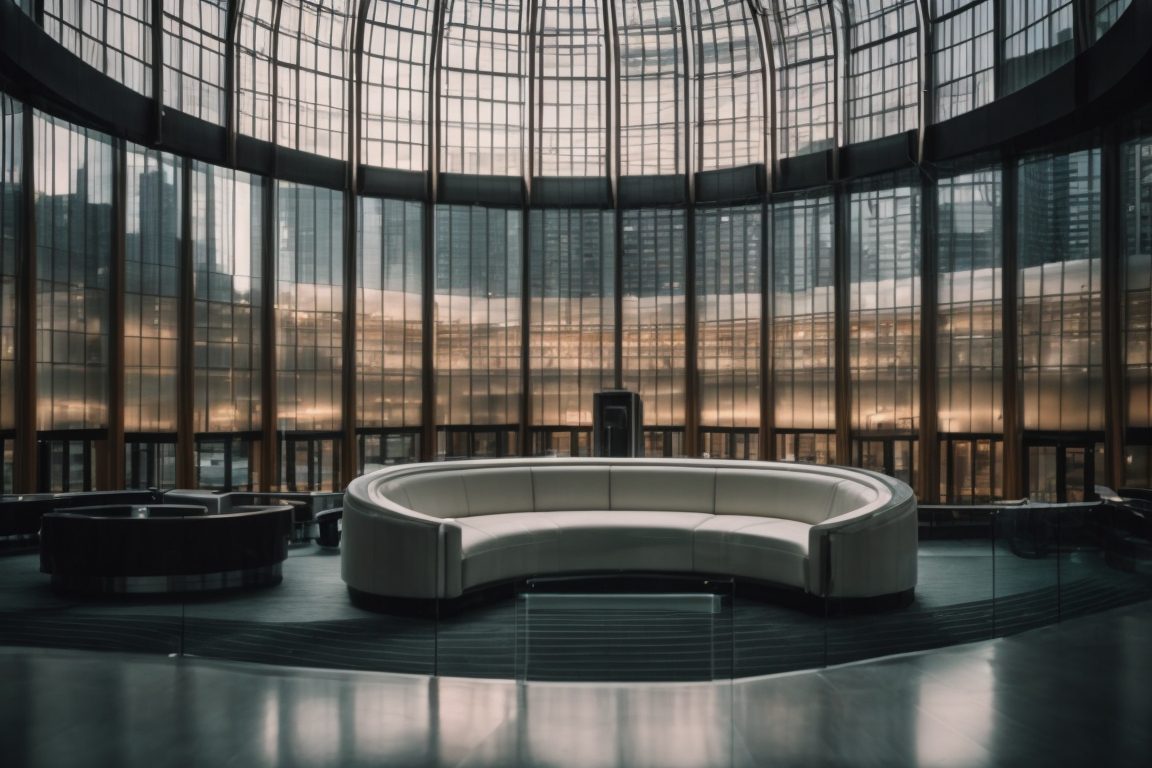
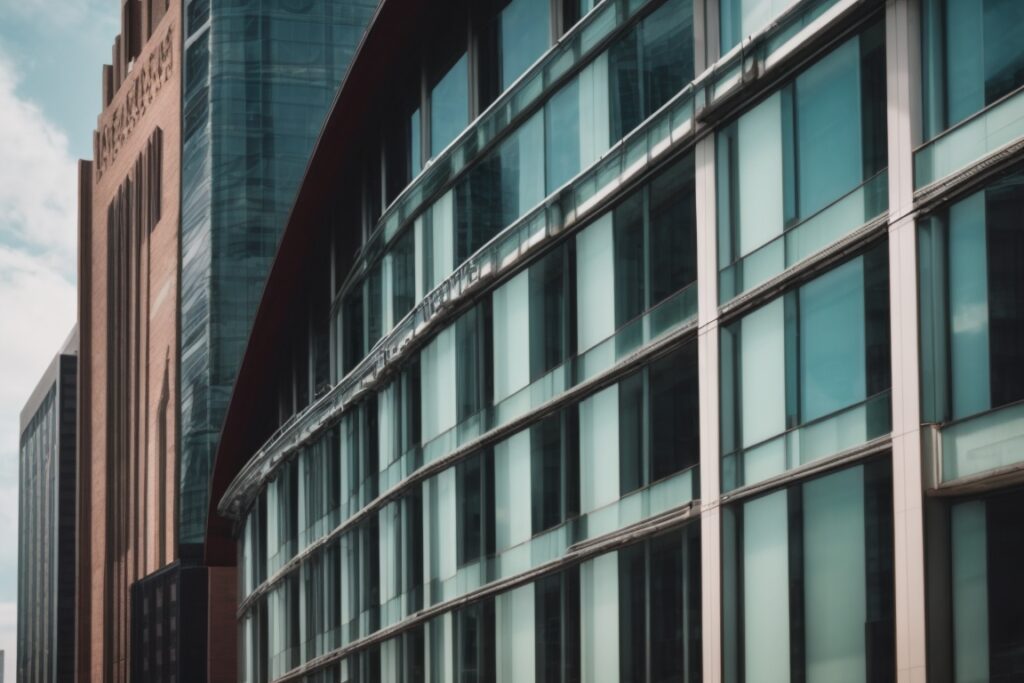
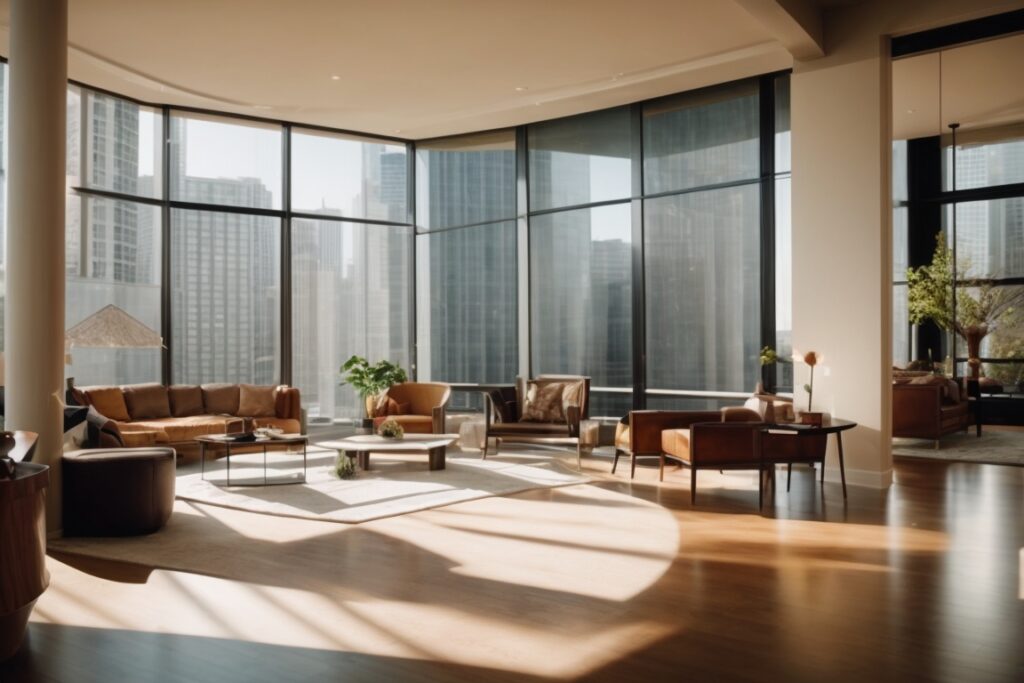

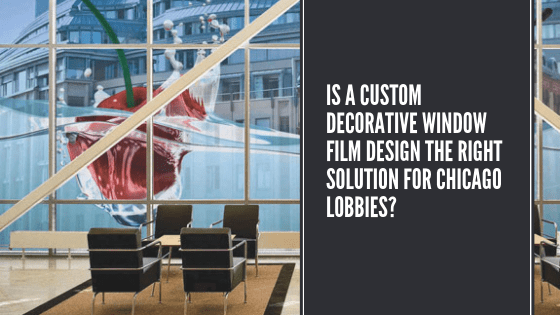
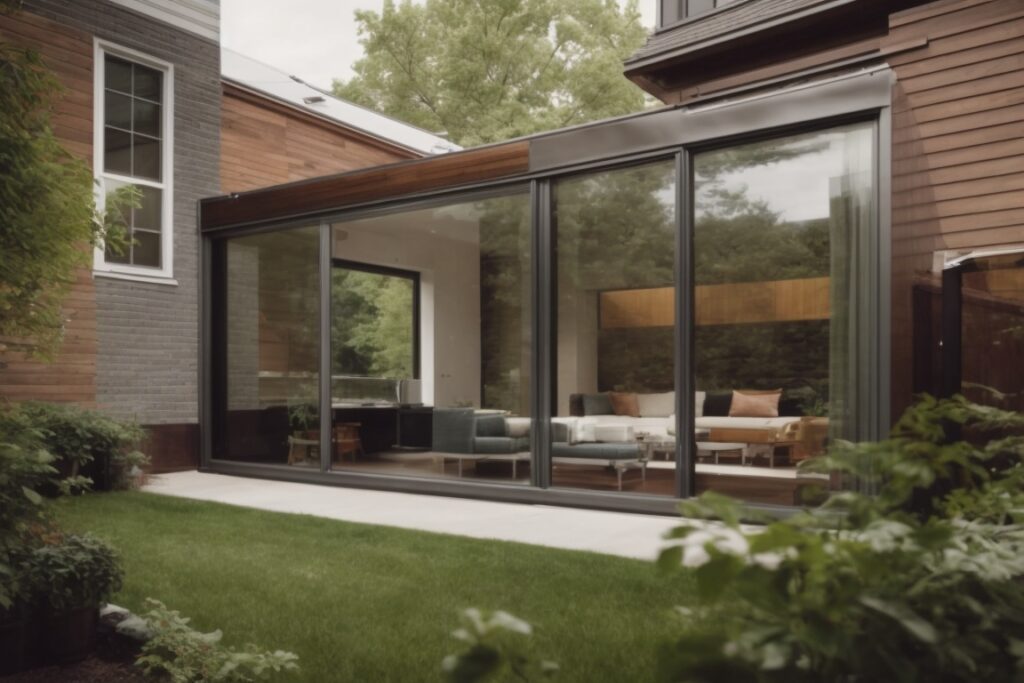
About The Author: Mike Kinsey
Mike Kinsey has more than a decade of experience installing window film in the Chicago area. His years of experience have allowed him to develop a deep familiarity with all of the different types and styles of window film on the market including the various security, privacy, decorative, and energy efficient options. Together, he and his team have completed hundreds of commercial and residential installs, totaling an accumulation of over 250,000 square feet. In addition to being an expert on top brands such as LLumar, C-Bond, HDClear, Solar Gard, Solyx, and Huper Optik, Mike is also certified by 3M, EnerLogic, and AIA for continuing education.
More posts by Mike Kinsey